Argentina stretches nearly 1.4 million square miles and is the second-largest country in South America. Buenos Aires may receive most of the attention for its tango nightclubs and European architecture, but the real Argentina starts just outside the capital.
From Patagonian glacial lakes to wine valleys along the Andes foothills, this diverse country offers experiences that rival those anywhere in the world. Most visitors take the established path through Buenos Aires and miss out on Argentina’s incredible variety of landscapes and cultures.
Here is a list of 20 unforgettable experiences that get to the heart of the country’s real character, from Iguazu’s thundering waterfalls to Peninsula Valdes and its penguin colonies.
Iguazu Falls
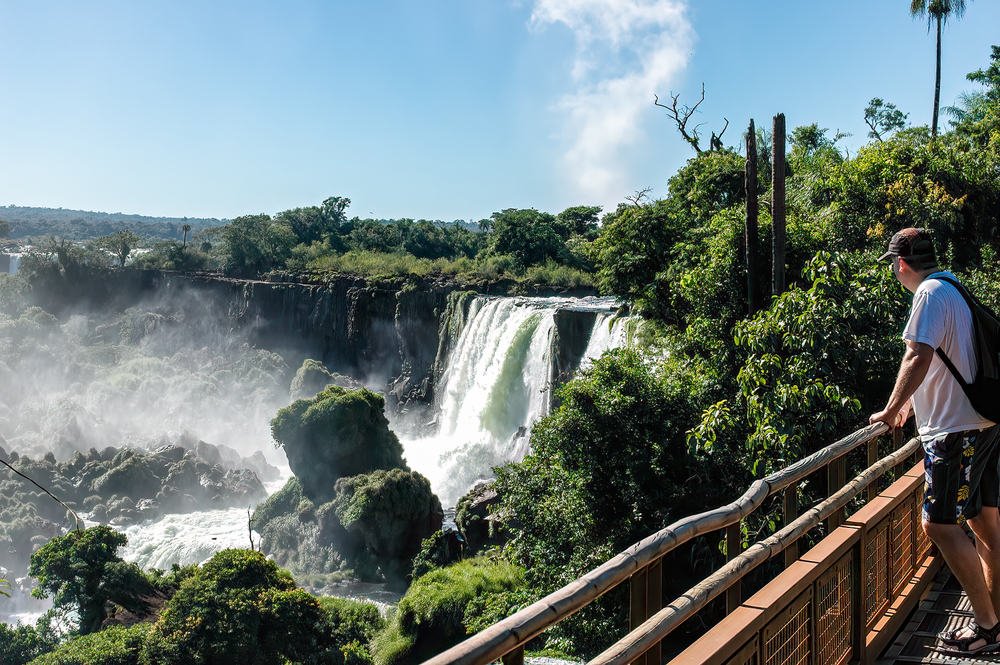
The roar hits you first, then the mist, and finally the overwhelming sight of 275 waterfalls cascading into the jungle below. Iguazu Falls sits on the border between Argentina and Brazil, but the Argentine side offers the most spectacular viewpoints.
Walking the trails feels like stepping into a nature documentary, with colorful butterflies and curious coatis sharing the paths with visitors.
Mendoza Wine Region

Mendoza produces about 70% of Argentina’s wine, and the region’s high-altitude vineyards create some of the world’s finest Malbec. The backdrop of snow-capped Andes peaks makes wine tasting here feel almost surreal.
Many vineyards offer bike tours through the vines, letting you work up an appetite for the renowned steak and wine pairings that follow.
Like Travel Pug’s content? Follow us on MSN.
Bariloche and the Lake District
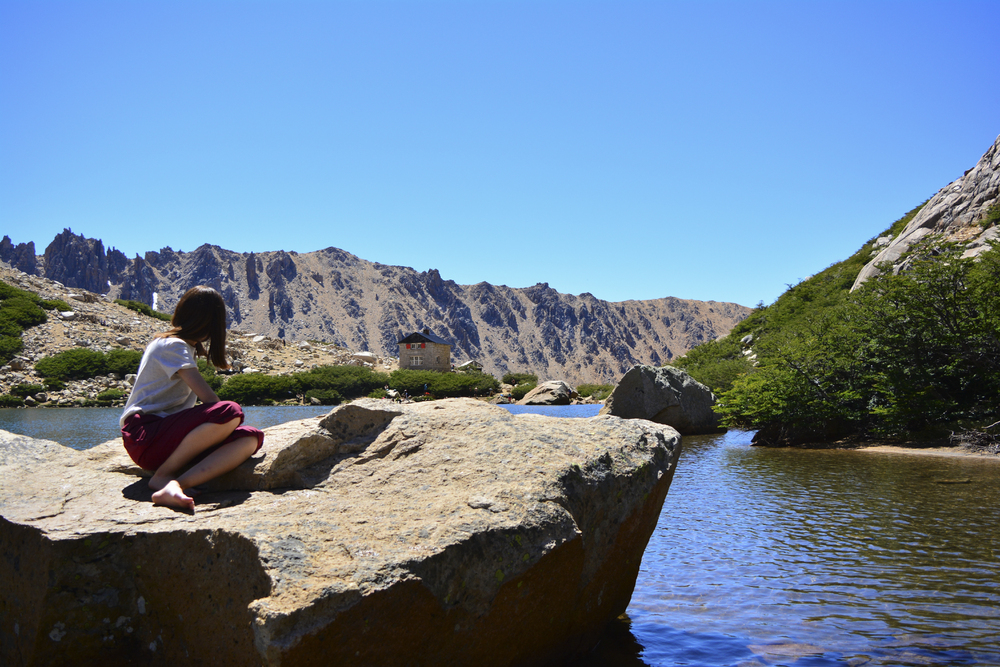
This alpine town looks like it belongs in Switzerland rather than South America, complete with chocolate shops and chalet-style architecture. The surrounding lakes reflect the Andes like giant mirrors, creating postcard-perfect scenery at every turn.
During winter, the nearby ski slopes draw powder enthusiasts, while summer brings hikers and kayakers to explore the pristine wilderness.
Perito Moreno Glacier

Few things prepare you for the sound of a glacier calving into the water below. Perito Moreno is one of the few glaciers in the world that is still advancing, creating a constantly changing ice sculpture 200 feet tall.
Standing on the viewing platforms, you can hear the ice cracking and groaning as it moves, a reminder that you’re witnessing something truly ancient and powerful.
Salta and the Northwest
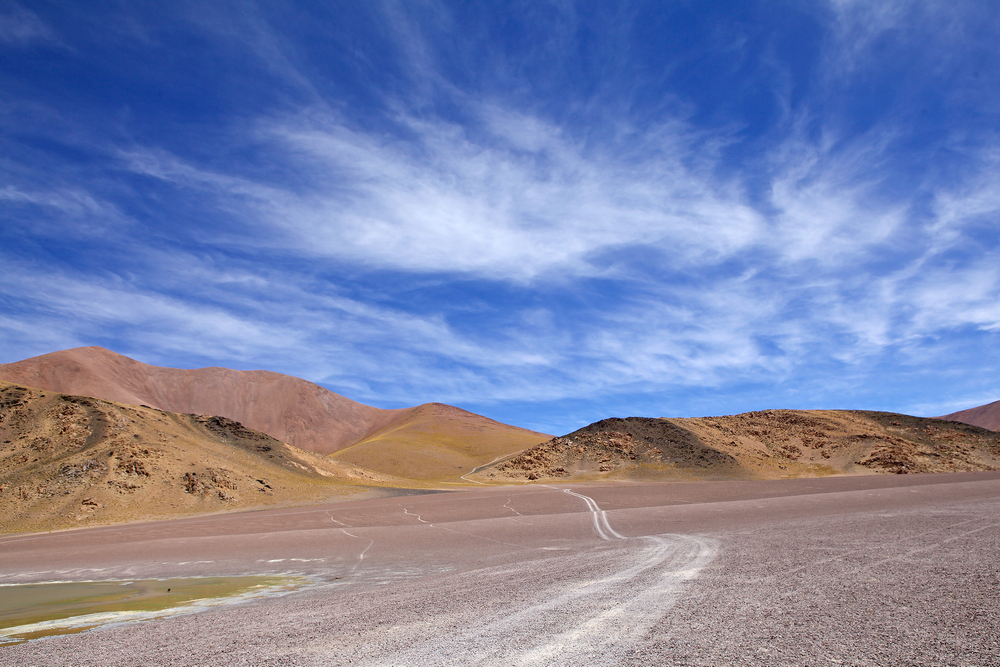
Salta’s colonial architecture and high-altitude location make it feel like a different country entirely. The surrounding landscapes range from colorful rock formations to traditional indigenous villages, where llamas still roam freely.
The nearby Quebrada de Humahuaca valley showcases rainbow-colored mountains that shift from purple to gold as the sun moves across the sky.
Like Travel Pug’s content? Follow us on MSN.
Ushuaia and Tierra del Fuego
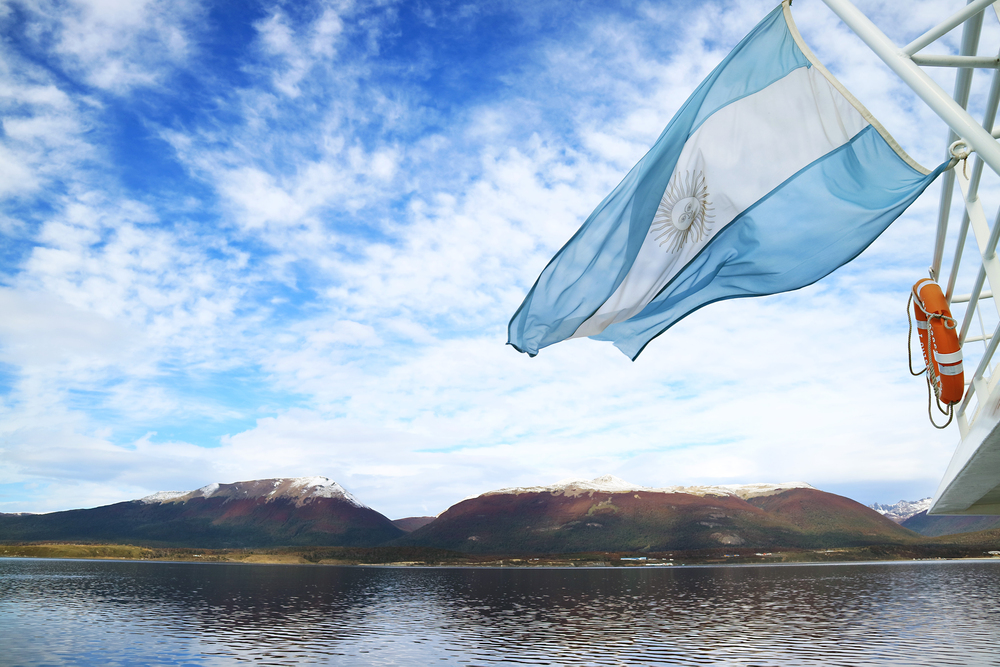
The world’s southernmost city sits at the edge of civilization, where the Andes dramatically meet the sea. Ushuaia serves as the gateway to Tierra del Fuego National Park, where you can hike through forests of southern beech trees to reach the end of the Pan-American Highway.
The nearby Beagle Channel offers boat trips to see sea lions and penguins in their natural habitat.
El Calafate
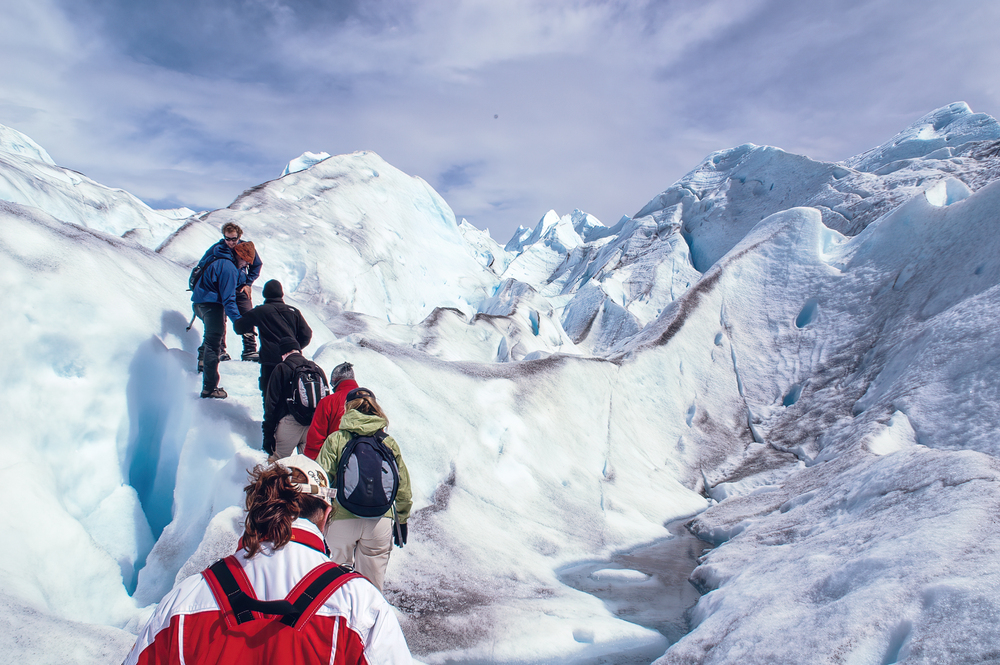
This small town exists primarily as a base for glacier exploration, but the setting beside turquoise Lago Argentino makes it worth visiting on its own. The town’s name comes from a local berry that supposedly ensures you’ll return to Patagonia if you eat it.
Beyond the glaciers, El Calafate offers some of Argentina’s best lamb barbecue and stunning sunsets over the lake.
Peninsula Valdes
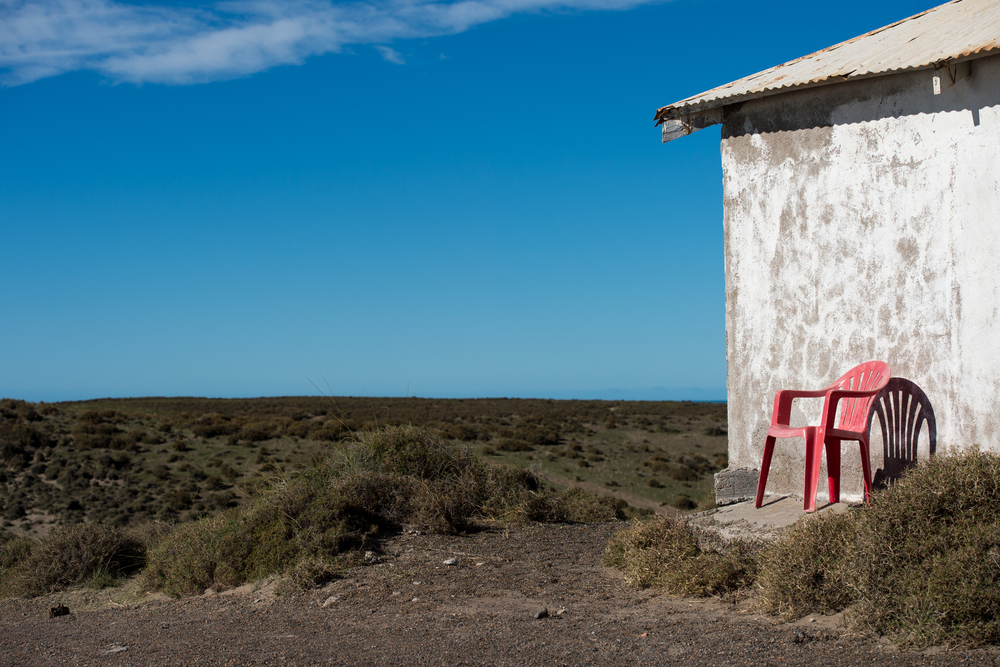
This UNESCO World Heritage Site serves as one of South America’s most important wildlife sanctuaries. From June to December, southern right whales come here to breed, often swimming so close to shore you can see them from the beach.
The peninsula also hosts massive colonies of elephant seals, sea lions, and Magellanic penguins, making it a wildlife photographer’s paradise.
Like Travel Pug’s content? Follow us on MSN.
Quebrada de Cafayate
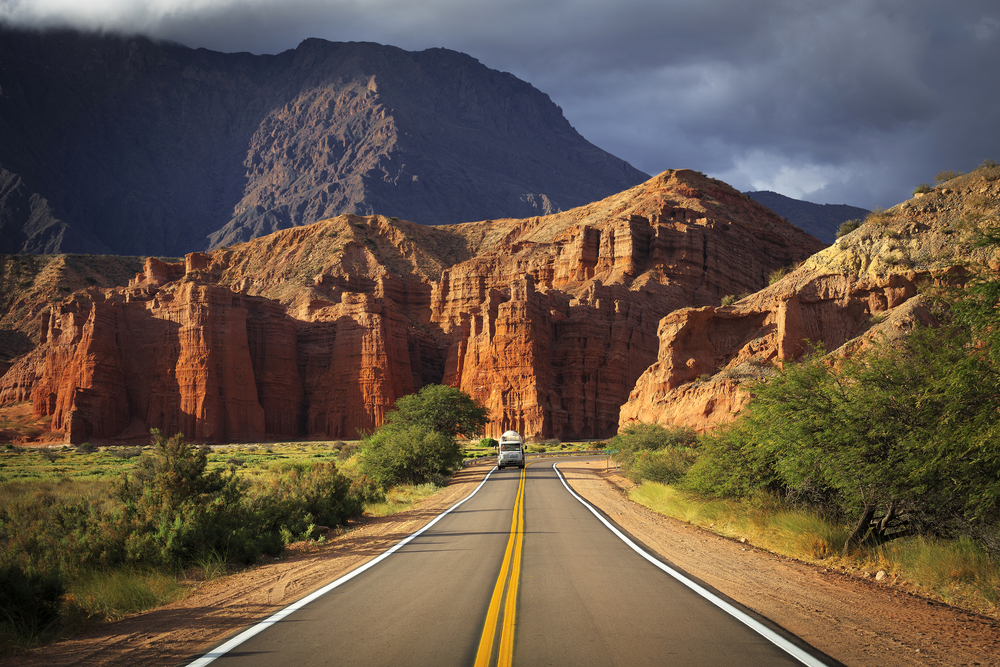
The drive to this small wine town takes you through some of Argentina’s most spectacular rock formations. The red sandstone cliffs and unusual geological features have names like ‘The Devil’s Throat’ and ‘The Amphitheater,’ each more impressive than the last.
Cafayate itself produces excellent Torrontes wine, a crisp white that pairs perfectly with the region’s clear mountain air.
Aconcagua

The highest peak in both the Western and Southern Hemispheres draws serious mountaineers from around the world. Even if you’re not planning to summit, the base camp trek offers incredible views of this massive mountain and the surrounding Andes.
At 22,837 feet, Aconcagua dominates the landscape like a sleeping giant, its snow-covered peak visible from miles away.
Cordoba
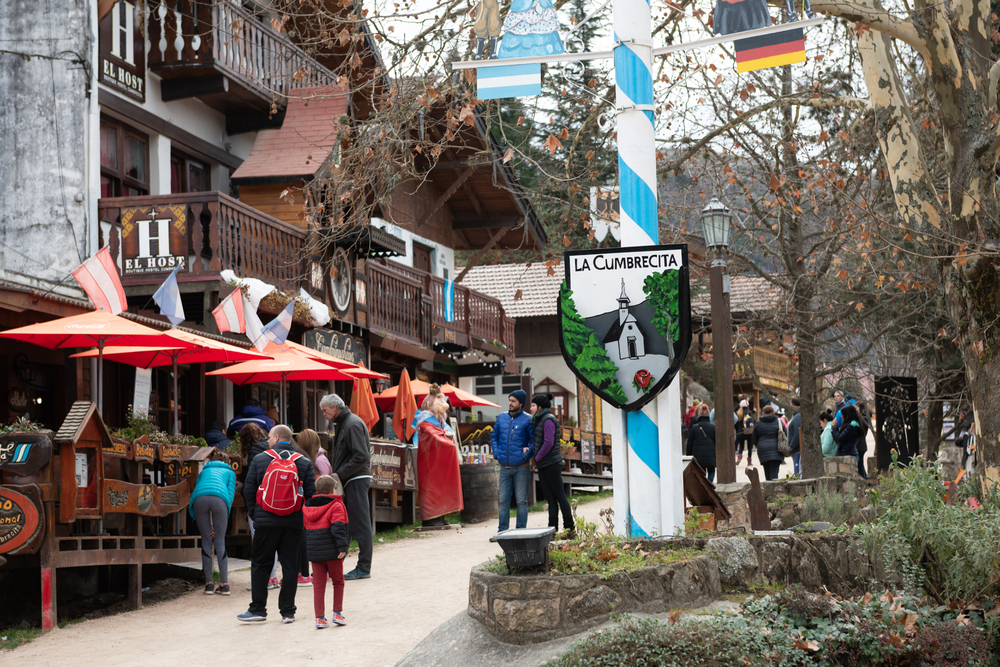
Argentina’s second-largest city combines colonial charm with university energy, creating a vibrant cultural scene often overlooked by tourists. The historic center features beautifully preserved 17th-century Jesuit architecture.
The surrounding Sierras de Cordoba offer hiking, paragliding, and charming mountain towns where you can escape the heat of the lowlands.
Like Travel Pug’s content? Follow us on MSN.
Rosario
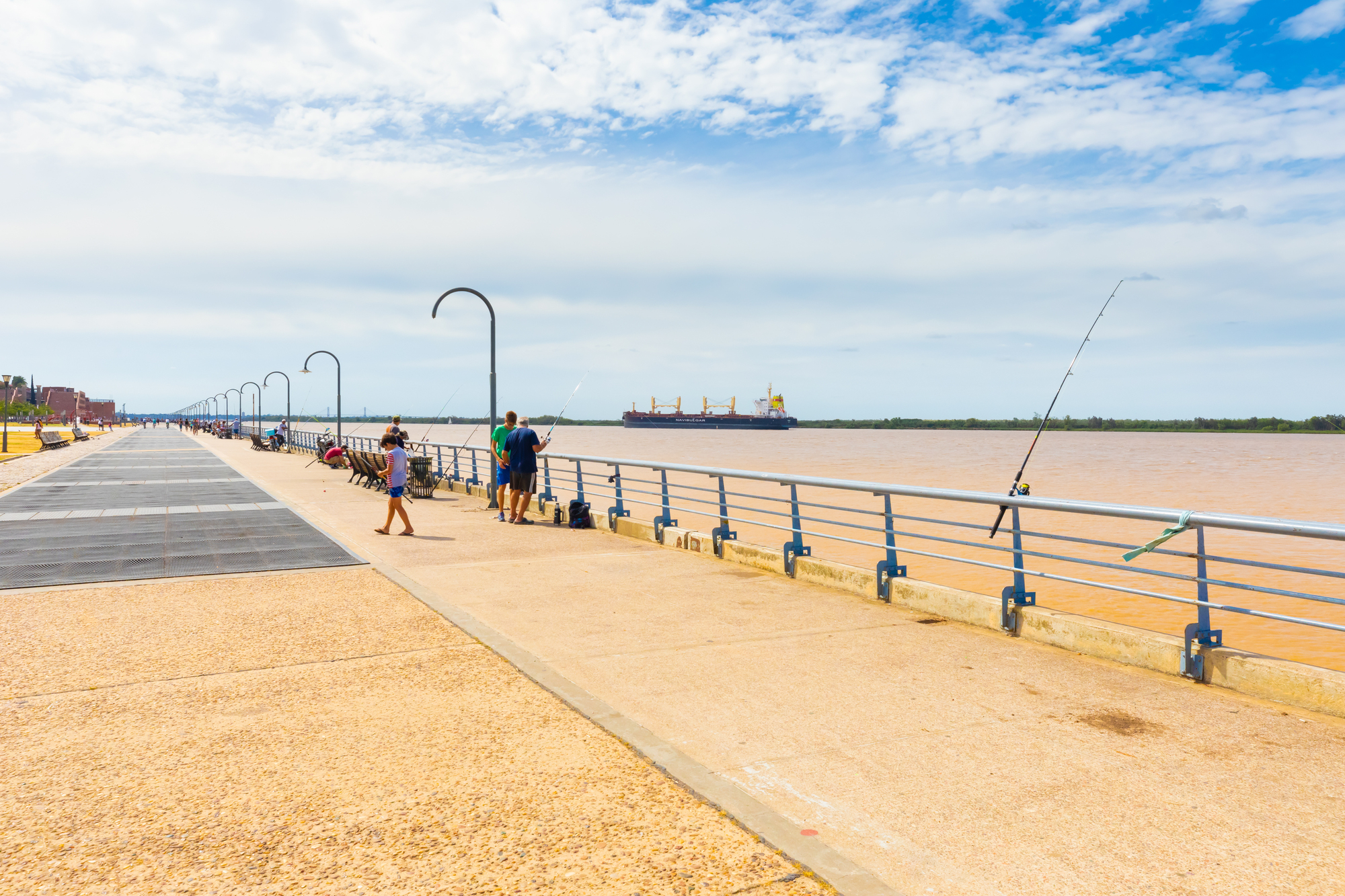
This port city along the Parana River gave birth to both Che Guevara and Lionel Messi, though they’re remembered quite differently by locals. The waterfront has been transformed into a beautiful park system perfect for afternoon walks.
Rosario’s food scene rivals that of Buenos Aires, but with a more relaxed atmosphere and more affordable prices.
Caminito del Rey Argentine Version
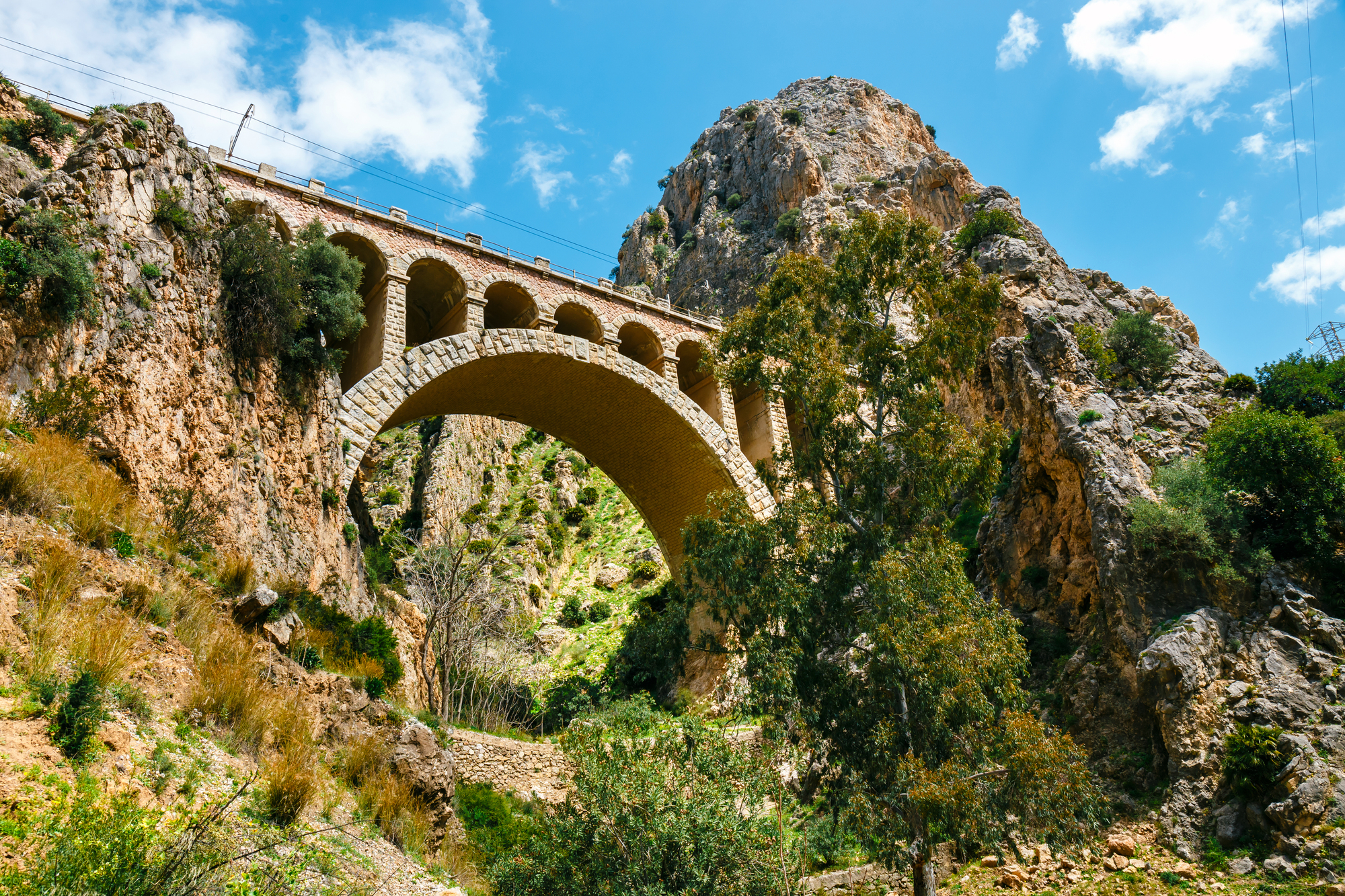
The northwestern province of Jujuy features a dramatic gorge walk that rivals Spain’s famous Caminito del Rey. The Pucara de Tilcara area features narrow paths along cliff faces, offering stunning views of ancient indigenous ruins below.
The high altitude and thin air add an extra challenge to this already thrilling experience.
Parque Nacional Los Glaciares
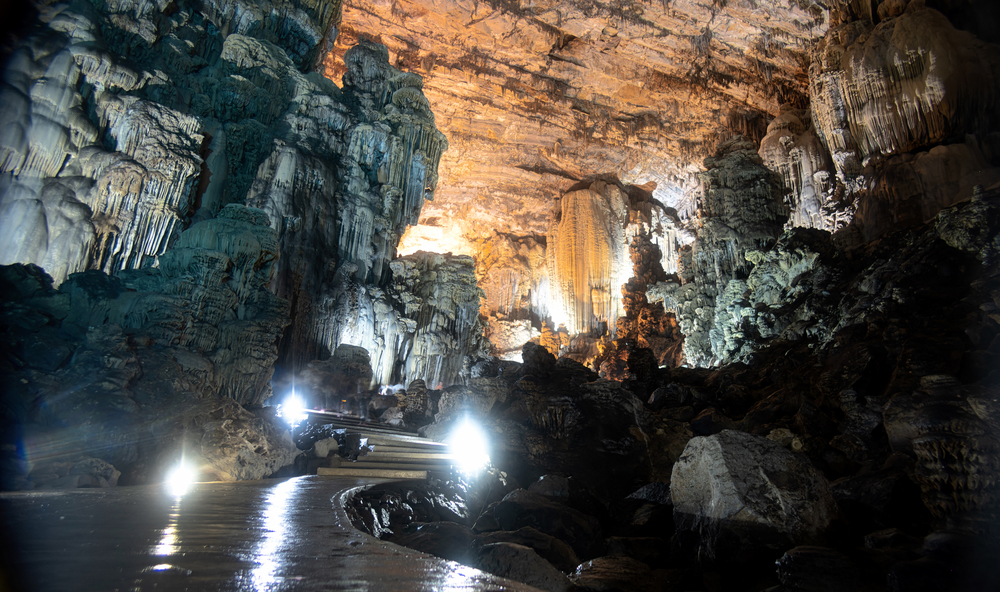
This massive national park encompasses much more than just Perito Moreno Glacier. The park’s northern section features the dramatic peaks of Cerro Torre and Fitz Roy, considered among the world’s most challenging climbs.
Even day hikers can enjoy stunning views of these granite spires reflected in pristine mountain lakes.
Like Travel Pug’s content? Follow us on MSN.
Mar del Plata
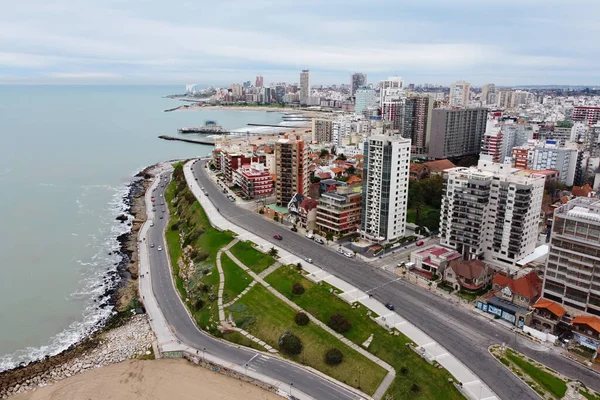
Argentina’s most popular beach destination offers a completely different side of the country. This Atlantic coast city becomes a playground for Buenos Aires residents during the summer months, with endless beaches and a lively nightlife scene.
The surrounding area features sea lion colonies and excellent seafood restaurants serving the day’s fresh catch.
Esteros del Ibera
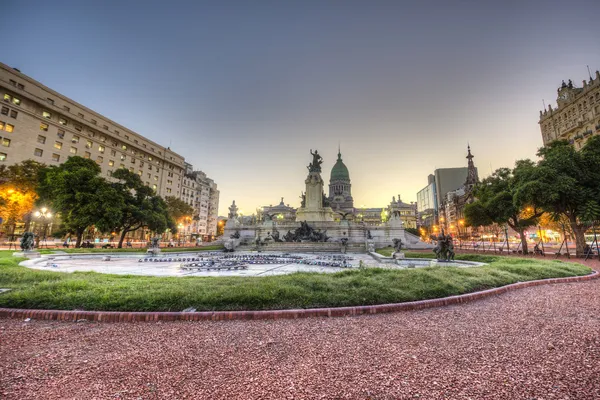
This vast wetland system in northeastern Argentina hosts an incredible diversity of wildlife, including caimans, capybaras, and over 350 bird species. The marshes can only be explored by boat or on horseback, making every wildlife encounter feel like a discovery.
Local guides share stories of the region’s gaucho culture while pointing out rare species hiding in the reeds.
Tucuman and Tafi del Valle
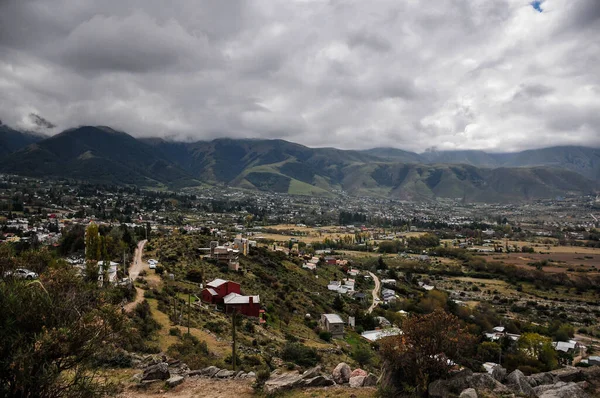
This northwestern province offers a perfect blend of colonial history and natural beauty. The city of Tucuman played a crucial role in Argentina’s independence, while the nearby Tafi del Valle provides cool mountain air and excellent hiking opportunities.
The region’s sugar cane fields and traditional folklore create an authentic Argentine experience far from tourist crowds.
Like Travel Pug’s content? Follow us on MSN.
Parque Nacional Talampaya

The red rock formations of Talampaya National Park look like something from another planet. These ancient sandstone cliffs contain fossils dating back over 200 million years, making the park a UNESCO World Heritage Site.
Guided tours reveal petroglyphs left by indigenous peoples and rock formations that have been carved by wind and water into towering sculptures.
Puerto Madryn
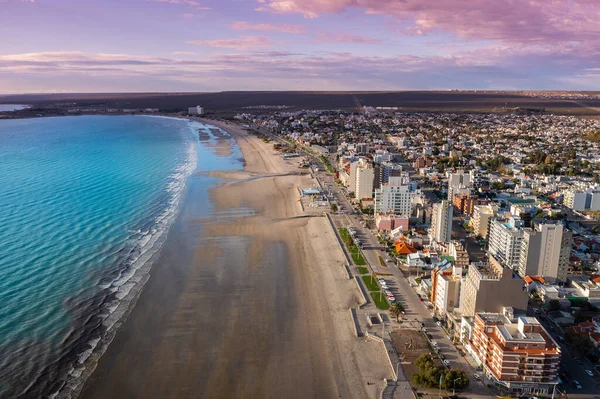
This coastal city serves as the gateway to Peninsula Valdes, but it’s worth exploring on its own. The town’s marine life center provides excellent context for the wildlife you’ll encounter in the surrounding waters.
During whale season, you can often spot southern right whales directly from the town’s beaches, making it one of the few places on Earth where you can see whales from shore.
Parque Nacional Nahuel Huapi
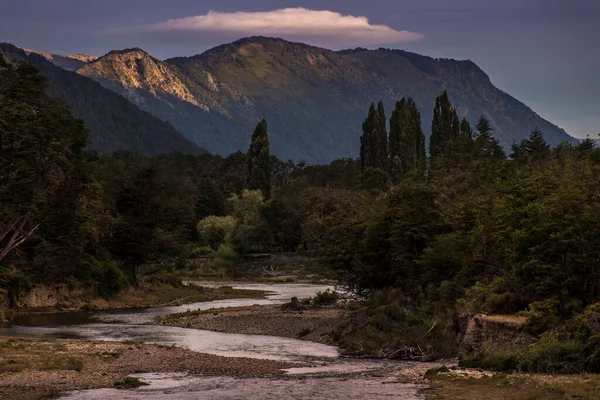
Argentina’s oldest national park, located around the stunning Nahuel Huapi Lake, serves as a playground for outdoor enthusiasts. The park’s diverse ecosystems range from temperate rainforests to high alpine meadows, each supporting a unique array of wildlife species.
Multiple hiking trails cater to all skill levels, from gentle lakeside walks to challenging mountain ascents that reward climbers with panoramic views.
Like Travel Pug’s content? Follow us on MSN.
From Pampas to Peaks
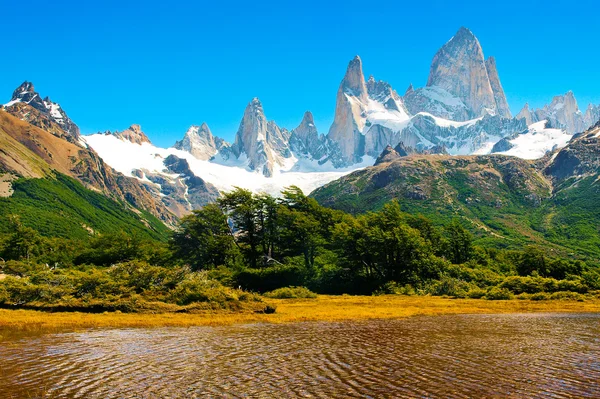
Argentina’s variety is well beyond that which the majority of tourists expect, from subtropical rainforests to subantarctic islands. These places provide a land in which European immigrants merged with indigenous groups against backdrops that vary from glacial mountains to vine valleys.
Each region keeps its special taste, which is determined by geography, climate, and regional traditions that have evolved over the centuries. Due to the country’s great size, it’s impossible to get around everything on a single trip, but these 20 experiences provide a good foundation for enjoying Argentina’s exceptional diversity and natural beauty.
More from Travel Pug

- 20 Best Beach Towns in the Carolinas
- 13 Destinations Where Tourists Regularly Regret Their Trip
- 20 Destinations That Are More Magical Without an Itinerary
- 20 Underrated Adventures That Belong on Your Travel List
- 20 Cities Where You Should Just Wing It, No Planning Required
Like Travel Pug’s content? Follow us on MSN.w us on MSN.N.
